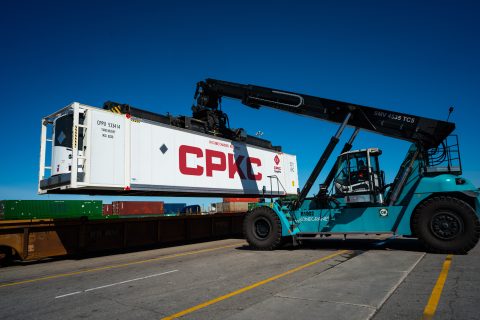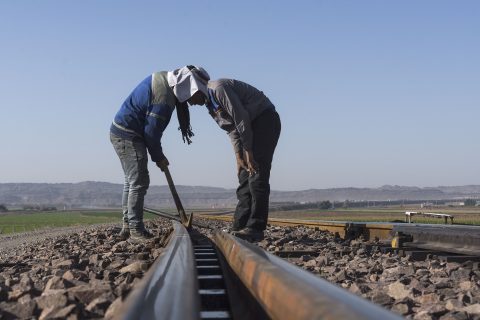The missing piece on the Russia-India corridor ready in 2023?

The construction of the Rasht–Astara railway in Iran is 70 per cent complete, and should be delivered mid-2023. This is according to the Russia Briefing. The Rasht-Astara railway line is considered the missing piece on the International North South Transport Corridor, linking Russia and India via Iran and Azerbaijan.
Do you want to read the full article?
Thank you for visiting RailFreight.com. Become a member of RailFreight Premium and get full access to all our premium content.
Are you already a member?
Having problems logging in? Call +31(0)10 280 1000 or send an email to customerdesk@promedia.nl.






Dear Ms. van Leijen,
Probably you remeber, I had once a presentation in Gdansk, Poland about the Silk Road.
I already sent feedback some weeks ago (Article from April 22) to your colleague. (The answer was, that the article was not developed by rail freight).
I wonder your sources: The Rasht-Astara Railway is not even under construction yet.
https://www.silkroadbriefing.com/news/2022/01/31/irans-rasht-astara-railway-to-provide-the-key-link-in-the-instc/
Greets